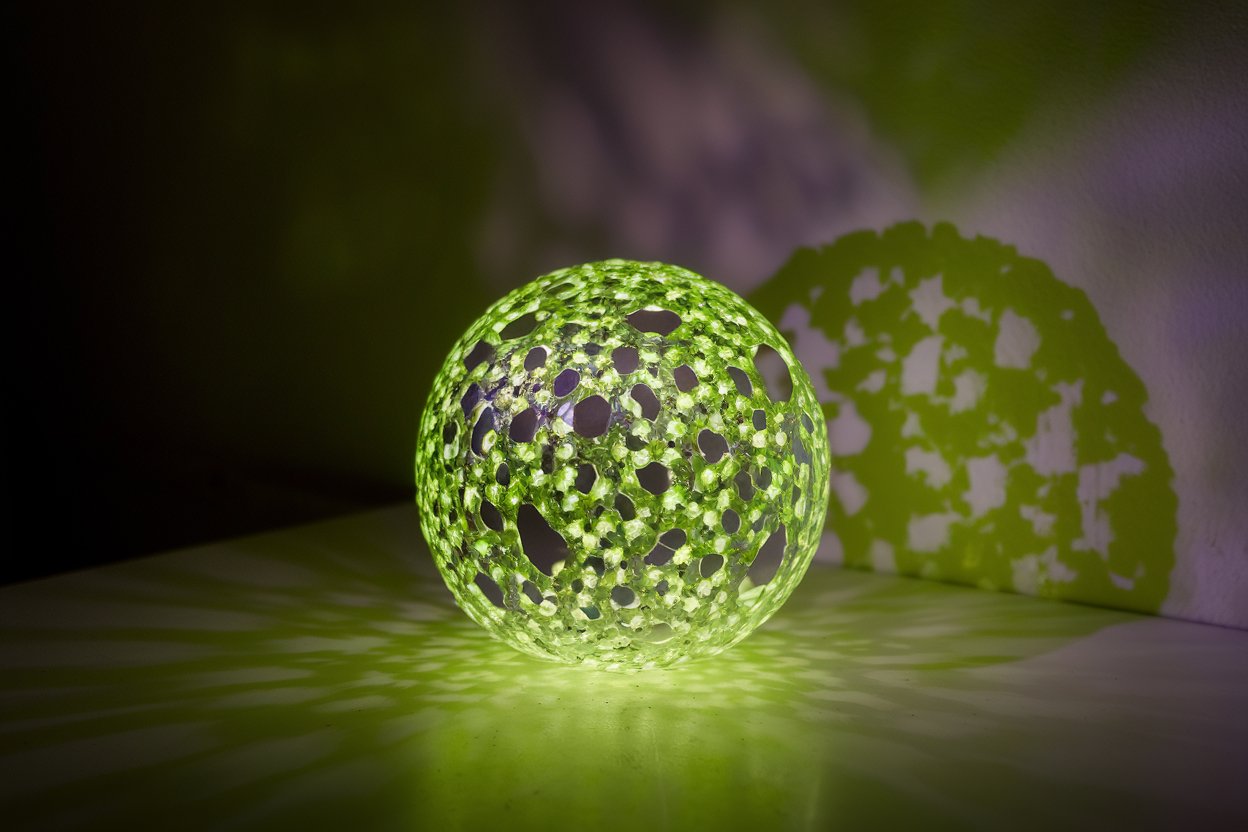
Indium(III) sulfide might sound like a mouthful, but it's a fascinating compound with some cool properties. What is Indium(III) sulfide? It's a chemical compound made of indium and sulfur, often used in electronics and solar cells. This compound has a unique orange-red color and can be found in two main forms: alpha and beta. The alpha form is more stable at lower temperatures, while the beta form takes over at higher temperatures. Why should you care? Indium(III) sulfide plays a crucial role in modern technology, especially in creating thin-film solar cells that help harness solar energy. Plus, it's used in some semiconductors, making it essential for various electronic devices. Ready to learn more? Let's dive into 25 intriguing facts about this remarkable compound!
Key Takeaways:
- Indium(III) sulfide is a yellow-orange solid with unique properties. It's used in solar cells, LEDs, and environmental cleanup. But be careful, inhalation of its dust can cause respiratory issues.
- Indium(III) sulfide, discovered in 1863, has historical significance and ongoing scientific research. It's non-toxic in small quantities, but proper protective equipment and disposal methods are crucial for its safe use.
What is Indium(III) Sulfide?
Indium(III) sulfide, also known as indium sesquisulfide, is a fascinating chemical compound with a variety of applications. This compound, represented by the formula In2S3, has unique properties that make it useful in different fields. Let's dive into some intriguing facts about indium(III) sulfide.
-
Indium(III) sulfide is a yellow-orange solid at room temperature.
-
Its molecular weight is approximately 325.83 g/mol.
-
This compound is insoluble in water, making it stable in aqueous environments.
-
Indium(III) sulfide has a melting point of around 1,050°C (1,922°F).
-
It can exist in two crystalline forms: alpha (α) and beta (β).
Applications of Indium(III) Sulfide
Indium(III) sulfide is not just a lab curiosity; it has practical uses in various industries. Here are some of its applications:
-
It is used in photovoltaic cells for solar energy conversion.
-
Indium(III) sulfide serves as a buffer layer in thin-film solar cells.
-
This compound is employed in photocatalysis for environmental cleanup.
-
It is used in optoelectronic devices due to its semiconducting properties.
-
Indium(III) sulfide is also found in light-emitting diodes (LEDs).
Chemical Properties of Indium(III) Sulfide
Understanding the chemical properties of indium(III) sulfide helps in grasping its behavior in different reactions and environments.
-
Indium(III) sulfide is a semiconductor with a bandgap of about 2.0 eV.
-
It can be synthesized through solid-state reactions involving indium and sulfur.
-
This compound reacts with strong acids to produce hydrogen sulfide gas.
-
Indium(III) sulfide can form complexes with other metals.
-
It is stable in air but can decompose at high temperatures.
Historical Context of Indium(III) Sulfide
The discovery and development of indium(III) sulfide have interesting historical aspects.
-
Indium was discovered in 1863 by Ferdinand Reich and Hieronymous Theodor Richter.
-
The compound indium(III) sulfide was first synthesized in the early 20th century.
-
Its use in solar cells began to be explored in the 1970s.
-
Research into its photocatalytic properties gained momentum in the 1990s.
-
Indium(III) sulfide continues to be a subject of scientific research today.
Environmental and Safety Aspects
Handling and using indium(III) sulfide require awareness of its environmental and safety implications.
-
Indium(III) sulfide is considered non-toxic in small quantities.
-
However, inhalation of dust can cause respiratory issues.
-
Proper protective equipment should be used when handling the compound.
-
Disposal of indium(III) sulfide should follow environmental regulations.
-
Research is ongoing to ensure its sustainable use in various applications.
Final Thoughts on Indium(III) Sulfide
Indium(III) sulfide, a fascinating compound, has numerous applications and intriguing properties. From its role in solar cells to its use in semiconductors, this material proves invaluable in modern technology. Its unique photovoltaic properties make it a key player in renewable energy solutions. Additionally, its thermoelectric capabilities open doors for innovative cooling and heating systems. Understanding these facts not only highlights its importance but also sparks curiosity about its potential future uses. Whether you're a student, a researcher, or just someone interested in science, knowing more about indium(III) sulfide enriches your appreciation for the materials shaping our world. Keep exploring, stay curious, and who knows? You might uncover the next big breakthrough in material science.
Frequently Asked Questions
Was this page helpful?
Our commitment to delivering trustworthy and engaging content is at the heart of what we do. Each fact on our site is contributed by real users like you, bringing a wealth of diverse insights and information. To ensure the highest standards of accuracy and reliability, our dedicated editors meticulously review each submission. This process guarantees that the facts we share are not only fascinating but also credible. Trust in our commitment to quality and authenticity as you explore and learn with us.
